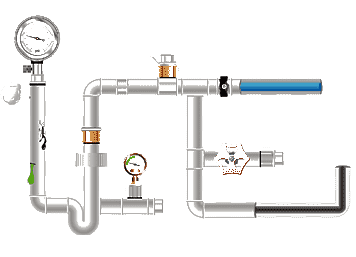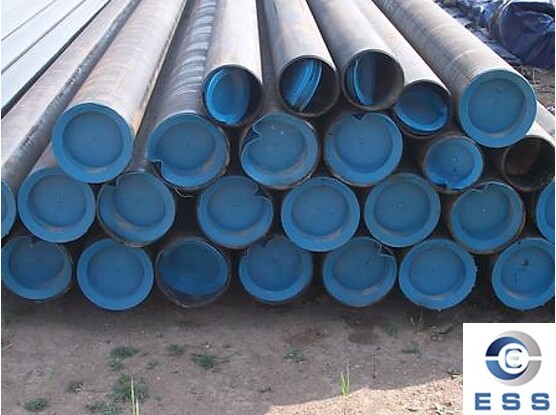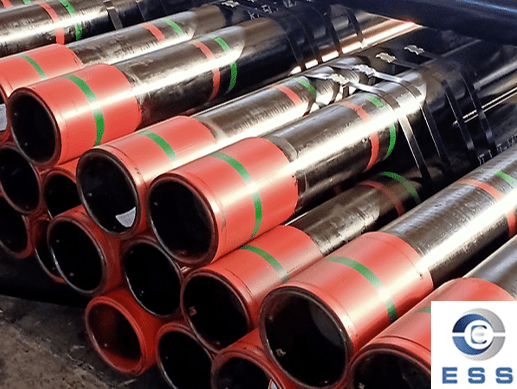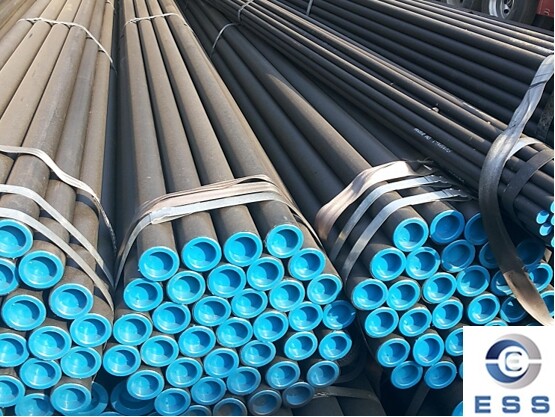Casing pipe: manufacturing process
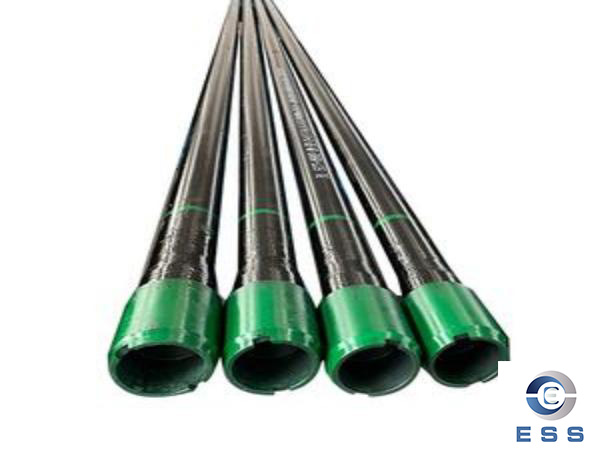
Thecasing pipe are usually divided into two categories: seamless casing pipe and welded casing pipe.
Seamless casing: This kind of pipe is made of hot or cold -rolled technology without welded seams. The seamless casing pipe has good overall and uniformity, and is usually used to bear higher pressure, such as the exploration and production of oil and natural gas.
Welded Casing: The welded casing pipe is made of steel plate rolls and connected by welding. Depending on the welding method, the welding casing pipe can be divided into:
1. Spirral Welded Casing: Steel plates are rolled into spiral -shaped welding, suitable for lower pressure occasions.
2. Longitudinal Welded Casing or Electric Resistance Welded Casing: Steel plates are welded in length direction in the length of the tube. According to application requirements and manufacturing standards, the straight seam welding casing can be used for different pressure levels .
The manufacturing process of the casing pipe is a complex process that involves multiple steps to ensure the quality and performance of the final product.
The manufacturing process of seamless casing pipe

Hot rolling method: This is a common method for producing seamless casing pipe. First, the billet is cut into a suitable length and heated, and then perforated on the perforation machine to form a hair tube. Next, the hair tube reduces the wall thickness and increases the outer diameter by rolling to achieve the required size. Finally, the steel pipe is cooled, straight, and cut into the required length.
Cold -rolling method: Cold -rolled technology is usually used to produce steel pipes with higher accuracy and accuracy. In this method, the steel pipes after hot rolling will be processed again, and further refinement and shape adjustment are made through a cold rolling machine. Cold rolling can improve the surface smoothness and size accuracy of the steel pipe.
Cold drawing method: Cold pulling technology involves the steel pipes after hot or cold rolling pipes through the pull -ups to make it gradually thinner and elongated. This method can produce steel pipes with uniform wall thickness and accurate size, which are usually used to make high -precision seamless casing pipe.
Squeezing method: The squeezing method is another method of producing seamless casing pipe, especially for the production of high -intensity alloy steel pipes. In this method, the tube or steel ingot is first perforated, and then squeezed by the squeezer.
Tension reduction: This is a seamless process, which is mainly used for the production of welded pipes, but it can also be used for the production of seamless casing pipe. By heating the steel pipes after heating furnaces, a variety of outer diameter and wall -thick finished pipes are rolled through tension. This method can improve the size accuracy and performance of the steel pipe.
Hot treatment: Thermal treatment process is used to improve the mechanical performance and processing performance of seamless casing pipe. Common thermal treatment processes include positive fire, quenching and recovery (quality adjustment), annealing, etc. These processes can change the organizational structure of the steel pipe and improve their performance.
The manufacturing process of the welding casing pipe
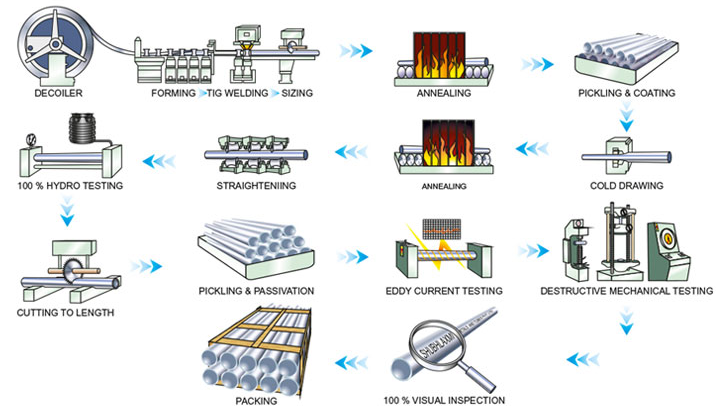
Raw material preparation: Select the appropriate steel plate or steel belt as the raw material, and select according to the required casing pipe specifications and material requirements.
Molding: The steel plate is suppressed into a U -shaped or O -shaped through the pressure machine, and the steel belt is made into a cylindrical shape by the mold roll.
Welding: Docking the edges of the steel plate or steel belt, using resistor welding (ERW), buried arc welding (LSAW), gas protection welding and other methods for welding to form the vertical welding seam of the casing pipe.
Internal and external weld treatment: After the welding seam is formed, the internal and external welds need to be polished and cleaned to remove welding slag and oxide to ensure the smooth weld.
Insplet detection: Ultrasonic detection, X -ray detection and other methods are used to perform non -destructive detection of welds to ensure that there are no defects such as cracks and pores inside the weld.
Heat treatment: According to the requirements of materials and product standards, the welded casing pipe may be required, such as positive fire or annealing to improve the mechanical performance of the material and eliminate welding stress.
Correction: Correct the welded sleeve to ensure that it has the correct circularity and straightness.
Coating and anti-corrosion: According to the application environment and anti-corrosion requirements, coating on the inside and outside of the tube, such as paint, coating, and covering anti-corrosive layer.
Quality inspection: Inspection of size accuracy, surface quality, mechanical performance,and so on to ensure that the product meets the standard requirements.
Cutting and packaging: According to customer needs, cut the casing pipe into the required length and perform appropriate packaging to facilitate transportation and storage.
Marking and identification: Mark product information on the tube, such as production batch numbers, specifications, materials, etc., so that it is easy to identify and trace.
The manufacturing process of the welding casing pipe requires strictly control the quality of each step to ensure the performance and reliability of the final product. Different types of welding casing pipe (such as spiral welding casing and straight welding casing) may be different in forming and welding methods, but the basic manufacturing process is similar.
These steps ensure the quality and performance of the tube, and meet the safety and reliability of oil and natural gas mining operations.
Seamless casing and welded casing pipe have their own advantages. What type of pipes to choose depends on specific application requirements, cost considerations, and manufacturing processes. Because there is no welded seam, seamless casing pipe usually have higher pressure and better overall performance, but the cost is relatively high. The cost of welding casing pipe is low, but the welding quality needs to be ensured to meet the requirements of the use.









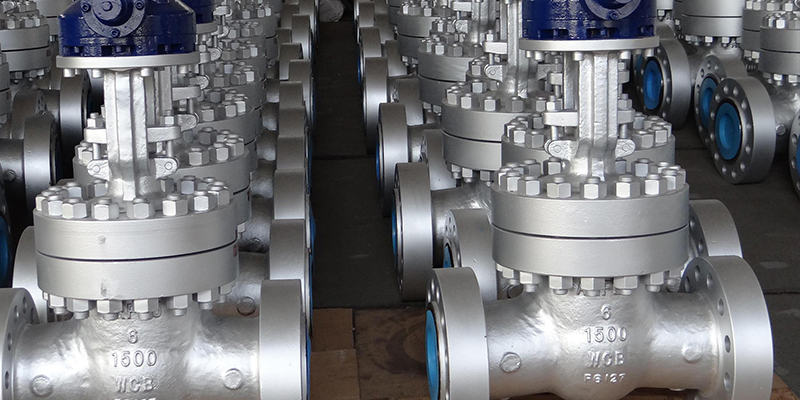
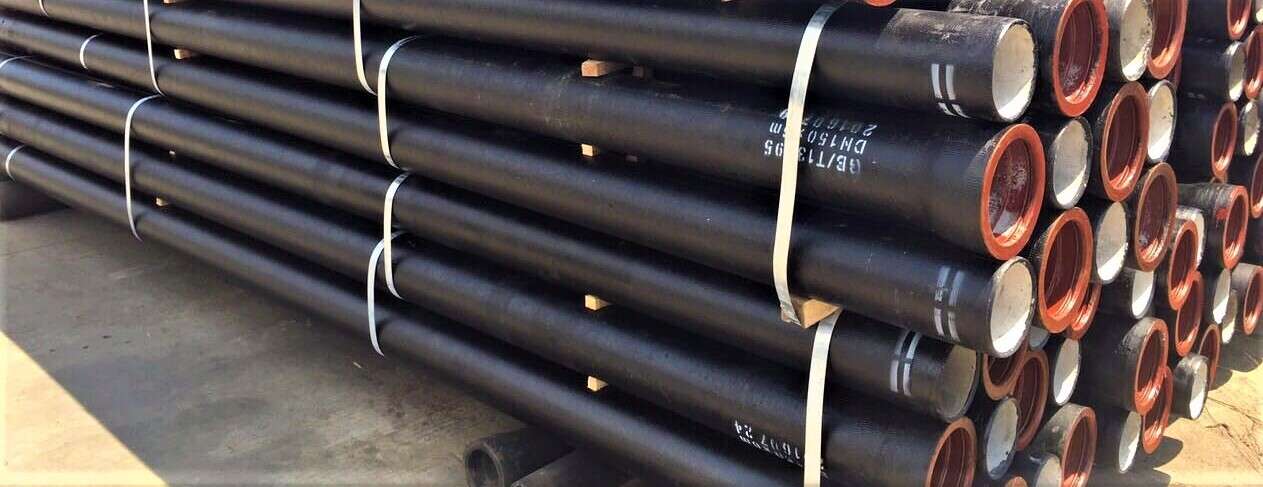


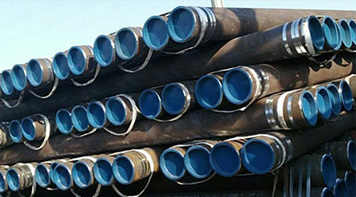 Eastern Steel Manufacturing Co.,Ltd not only improve product production and sales services, but also provide additional value-added services. As long as you need, we can complete your specific needs together.
Eastern Steel Manufacturing Co.,Ltd not only improve product production and sales services, but also provide additional value-added services. As long as you need, we can complete your specific needs together.
